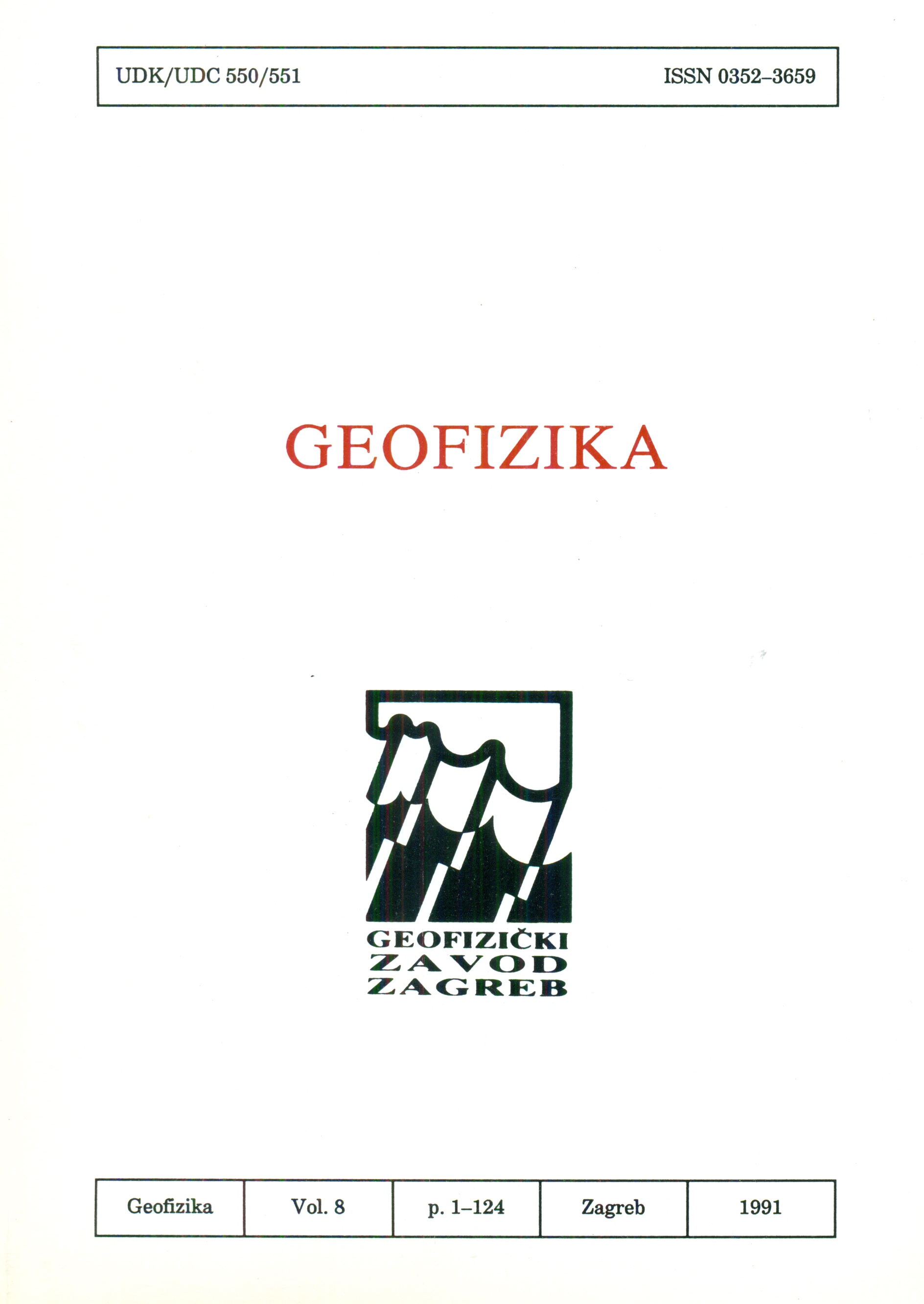Seismicity of Croatia in 1989 and the Kamešnica Mt. earthquake
Abstract
The seismicity of Croatia and its surrounding areas in 1989 was analysed on the basis of the earthquake catalogue consisting of 361 earthquakes. Its completeness threshold was estimated to be MLC ≥ 3.0. Seismically the most active was the coastal part of Croatia, where the strongest earthquake in 1989 occurred on December 6 with the focus beneath the hill-sides of the Kamešnica Mt. The fault plane solution for this event indicates the presence of a tectonic stress-field directed approximately SW-NE, which is compatible with the assumed anticlockwise rotation on the Adriatic microplate around the pole in Northern Italy, and the associated subduction of the Adriatic plate under the Dinarides. The aftershocks of the Kamešnica Mt. event were numerous, with hypocenters at depth up to 20 km. Macroseismic investigations confirm the frequently observed fact that seismic energy is much more efficiently absorbed perpendicularly to the direction of the Dinaric belt than along it.
Downloads
Published
Issue
Section
License
Copyright (c) 2021 Geofizika journal

This work is licensed under a Creative Commons Attribution-NonCommercial 4.0 International License.

